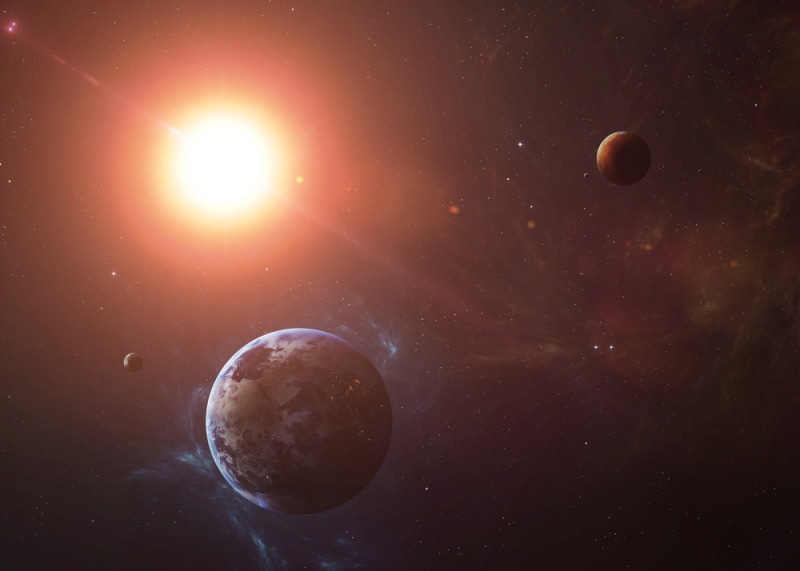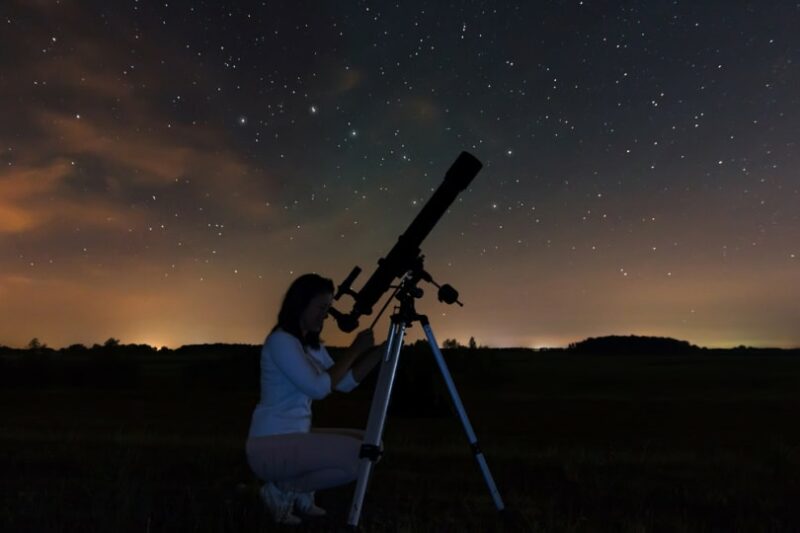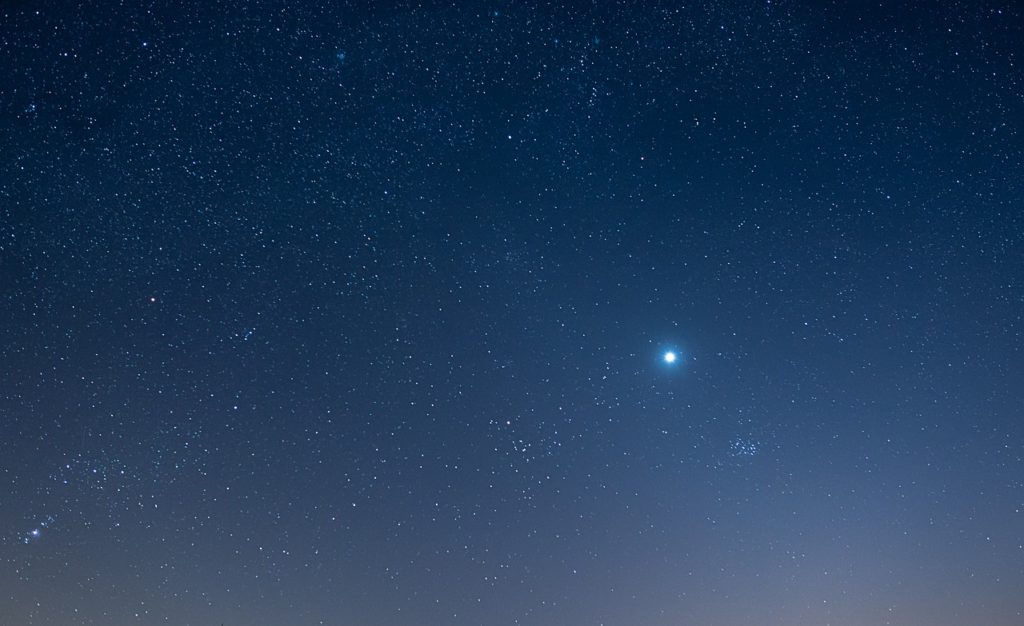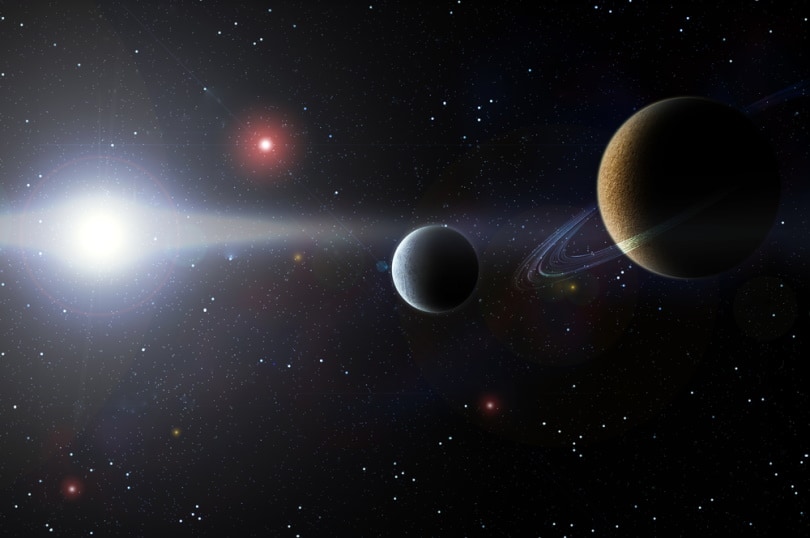What Type of Star Is the Sun? The Surprising Answer!
Last Updated on

The Sun is a hot, yellow dwarf belonging to the G-type main-sequence star (G2V) classification. You’ll be surprised that the Sun isn’t yellow-colored, but the Earth’s atmosphere makes it appear yellow. This means that the gas giant is naturally white.
The Sun is not a solid object like the Earth or other planets, so it doesn’t have any identifiable boundaries. It’s a star making up almost 85% of the stars in the Milky Way galaxy.
Scientists sum up the Sun as a “Population I,” a rich star consisting of heavy elements. Let’s dive into more details to know what type of star the Sun is.

Spectral Classification of Stars
To determine the type of star the Sun belongs to, you need to understand the classification of stars based on the way their spectrum looks. An American astronomer, Edward C. Pickering, collaborated with Williamina Fleming to create this classification scheme.
In the 1880s, Pickering surveyed stellar spectra at the Harvard College Observatory in Cambridge. He and his team developed an effective method of capturing photographs of more than 22,000 stars simultaneously.

Later, Antonia Maury and Annie Jump Cannon adopted it. Soon after, in the 1920s, this stellar classification got published in the Henry Draper Catalog, which already included 225,300 stars. However, there was one downside to the Harvard spectral classification. It only considered the star’s temperature and ignored its luminosity factor.
To fill this gap, W. W. Morgan, Edith Marie Kellman, and Philip Childs Keenan developed a comprehensive spectral classification system called the Morgan-Keenan (MK or MKK). It was published in 1943. The MKK system added luminosity classes to the Harvard system, such as dwarf, giant, subgiant, bright giant, and supergiant. It is applicable even today.
Stellar classes consist of three elements:
- An Initial Letter (O, B, A, F, G, K, and M). It represents the spectral class based on the star’s temperature. They are listed following the decreasing temperature in the Morgan-Keenan classification system.
- An Arabic Number. The number indicates the subdivision of the class based on the temperature from 0 to 9. The zero represents the hottest star in every class, and the nine shows the coolest.
- A Roman Number. It denotes the luminosity class starting from I to VII (or 0), dividing stars as primary sequence stars, giants, bright giants, subgiants, and supergiants.
Our Sun is a G2V star, falling in the GV sequence that includes many famous stars like Proxima Centauri (M5.5Ve), Barnard’s Star (M4.0 V), Vega (A0 Va), Epsilon Eridani (K2 V), Altair (A7 V), and many more.

The Sun: A Brief Overview
The Sun is the closest and most familiar star to the Earth. It falls under the yellow dwarf star group consisting of pretty small stars, such as Alpha Centauri, 51 Pegasi, and Tau Ceti.
The mass of this star group ranges from 80%–100% of the Sun’s mass. This means the Sun comes at the higher end of the yellow dwarf category with an official representation of a GV star sequence.
The stars in this spectral classification generate their natural light through the nuclear fusion of hydrogen into helium. The general surface temperature of GV stars is between 5,300 kelvins (K) and 6,000K. They typically have a lifespan of 10 billion years. The GV stars undergo several stages. Some are developing newly, others may be in their middle ages, while the rest are reaching their life’s end.
The Sun falls in the middle-age category, also known as the main sequence. It has existed for 4.3 billion years and is expected to live for 7 billion more years. As the ending point of its life comes closer, it will eventually turn into a red, giant balloon and collapse into a white dwarf.
This star is also associated with the Population I stars group, containing many heavier objects. The Population III group has stars made of pure helium and hydrogen. These stars explode as supernovae, converting lighter elements into heavier elements. The Sun has the metal from these stars that turned into supernovae.
Simply put, the Sun is a G2V or main-sequence star that also belongs to the Population I yellow dwarf star group. This giant gas ball is white in space but appears yellow from the Earth.


Final Thoughts
The Sun provides the Earth with energy and light to support life. So naturally, this star is white or colorless, but it appears yellow due to the light particles scattered in the Earth’s atmosphere.
Stars are classified into different categories based on their temperature and luminosity, according to the Morgan-Keenan (MK or MKK) system. For example, the Sun falls in the GV category, the main sequence group consisting of several yellow dwarfs.
This giant gas ball also comes under the Population I star group, consisting of several heavier objects.
Featured Image Credit By: Vadim Sadovski, Shutterstock
About the Author Jeff Weishaupt
Jeff is a tech professional by day, writer, and amateur photographer by night. He's had the privilege of leading software teams for startups to the Fortune 100 over the past two decades. He currently works in the data privacy space. Jeff's amateur photography interests started in 2008 when he got his first DSLR camera, the Canon Rebel. Since then, he's taken tens of thousands of photos. His favorite handheld camera these days is his Google Pixel 6 XL. He loves taking photos of nature and his kids. In 2016, he bought his first drone, the Mavic Pro. Taking photos from the air is an amazing perspective, and he loves to take his drone while traveling.
Related Articles:
What Is the Best Binocular Magnification for Hunting? Optical Features Explained
Can You Use Binoculars to Look At Stars? How to Choose the Right Pair
15 Crucial Facts About Ultraviolet Rays & the Sun
What Constellation Is Spica In? The Interesting Answer!
10 Interesting Leo Constellation Facts, Myths, and FAQs
15 Interesting Pegasus Constellation Facts, Myths, and FAQs
6 Interesting Sagittarius Constellation Facts, Myths, and FAQs in 2024!
What Are Constellations? Where Did They Come From?
